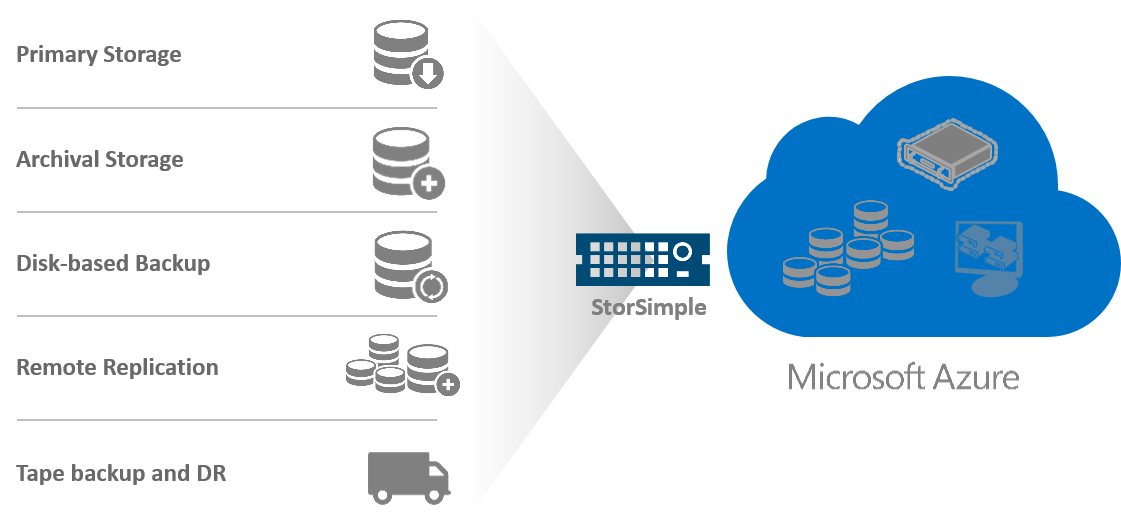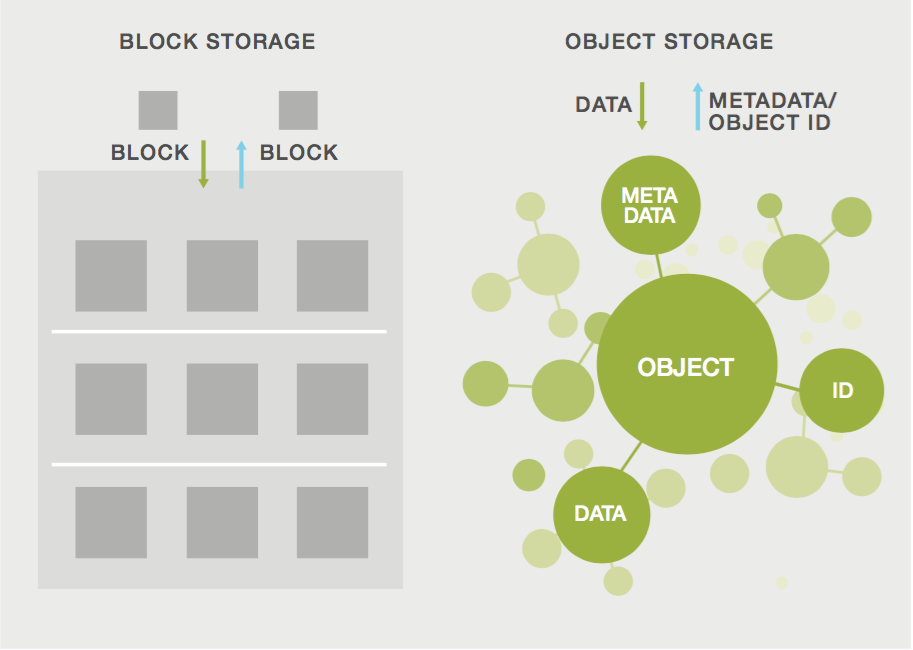

We can also integrate Logic Apps to do automatic to a Azure Storage Blob as well. Using this in combination with Data Box Edge will allow you to publish an SMB or NFS based share within your own datacenter but data will be automatically tiered between local data stored on the edge and to the blob storage account.

Support for Blob Storage is also integrated as part of Azure Data Box Edge to support hybrid cloud storage. Since Blob Storage is the cloud native storage solution in Azure it is also what 3.parties tend to integrate with to do data offloading, or for storing backup data (Such as Veeam, Cohesity, Rubrik). Azure Data Share allows you to share data externaly with other organizations. In terms of DR and Redudancy, it is depending on what kind of tier that is choosen storage accountīlob Storage supports integration with Data Factory, and is also one of the supported options which can be used together with Azure Data Share. Since when you setup GRS based storage accounts all data will be replicated across to another region (You can read more about Object replication in the video below)īlob Storage can also be configured to be behind an Private Endpoint which allows the Storage Account to only be available for private connections trough the virtual network. Both Hot and Cool Tier supports 99,9% SLA and also supports GRS (geo redudant storage) in combination with LRS (Local redudant storage).īlob Storage also has another offering called Premium Blob storage which only supports LRS or ZRS (Zone redudant) redudancy, where data is stored on SSD backend storage compared to standard blob storage, but does not support any of the other access tiers.īy default Blob Storage is only available using the API but in preview now it can also support NFS v3 you can sign up for the preview here –> Īlso Blob Storage will also come with a new feature called Object Replication, where you can define what kind of data should be replicated across to other regions. Hot, Cold and Archive and data can be automatically moved across tiers. (NOTE: I’m only going to cover General Purpose v2, since v1 is the legacy version) As part og GPv2 It supports 3 acces tiers. Blob Storage comes in different flavours and tiers. When a Blob Storage account is created is has by default a public FQDN within the URL. Blob Storage is split up into a storage account which is then configured with one or more containers which then contains content.

Some are standalone services and some are part of another service but has some dedicated use-cases that I wish to highlight.Īzure Blob Storage is the native cloud storage offering within Azure, which provides API based access to the storage solution and is also the same solution that poweres Azure Data Lake Storage as well. The following storage services will be highlighted as part of this post. These are some of the points that I wish to highlight when I go into each of the different storage options in this blog post and finally I will try to have table which summarizes the different storage options.

Even sometimes you would also need to build your own storage solution using 3.party storage solution running on IaaS.
#Blob storage vs file storage archive#
Within Microsoft Azure there are numerous storage options which can be used for different workloads such as Container workloads for stateful storage, or big data solutions which requires high IOPS for calculation of workloads or even traditional blob storage which is useful for backup or archive data.


 0 kommentar(er)
0 kommentar(er)
